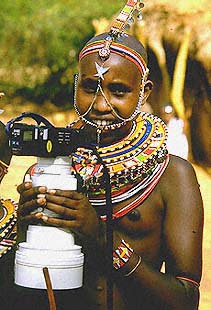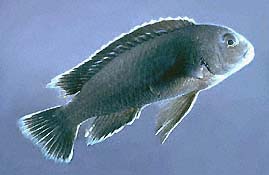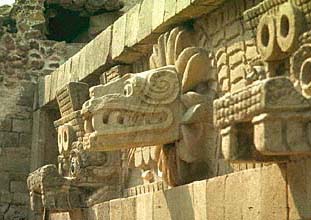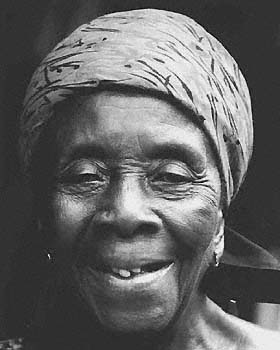





| My first camera was a 120 box camera
which I got at age 12 by sending two boxtops
and 50 cents to Kelloggs. I took it to the Toledo Zoo on a class trip and photographed a roll of B&W of the animals - a precursor of what I would still be doing many years later. Soon after my father gave me my first 35mm - an Argus C-3 - which I still have. It was the very same camera that he used in China when he worked for the Chrysler Motor Division as photographer and historian in the theater of the Burma Road at the end of World War II. When I went off to college he gave me a new Minolta SRT-101. |
|
Today I have an arsenal of Minolta cameras and lenses, ranging from my trusty old SRT's to X-Series systems and a variety of Maxxum cameras. Minolta equipment has served me well over the years - from the burning sands of Arabia and frozen glaciers of Greenland to the steaming humidity of African jungles. Neither moisture and dust, nor severe heat and cold have ever prevented me from completing assignments. And over the years Minolta has provided me with
We have entered a world of Digital Imaging and I
|
 |
 |
The 35mm format has been my preference
over
the years since it allows me to comfortably carry several bodies and a variety of lenses. Advances in emulsion technology now make it possible to obtain superb results using this compact and convenient format. I also own several Nikonos cameras, lenses and strobes for underwater work, and occasionally I employ a Mamiya 645 or a Pentax 6X7 when clients require a larger format. |
 |
I use a variety of color slide films
for
my color work. Fujichrome Velvia is my preference when I have the luxury of using a tripod. I especially like the color saturation I get when shooting night scenes. Its extremely fine grain makes great enlargements possible. And for fireworks it can't be beat. Fujichrome Provia 100 is my choice for general purpose work; if I require more speed, rating it at ASA 200 still yields excellent results. |
| Kodak's Kodachrome Professional 25
and
Kodachrome Professional 200 emulsions are old favorites. The rich saturated colors and a proven archival performance are testimony to its popularity. Kodachromes that I took two decades ago are still as brilliant as the day they came back from the lab. Kodachromes that my father shot at the end of World War II have also retained a remarkable vitality. I also use Kodak Ektachrome Lumiere and Ektachrome Elite for certain situations. |
 |
 |
Black & White photography has
always held
me in its power. There's a commanding interplay of light and shadow that is rarely present in color. While today there isn't much demand for Black
Working in my darkroom is relaxation and a
|